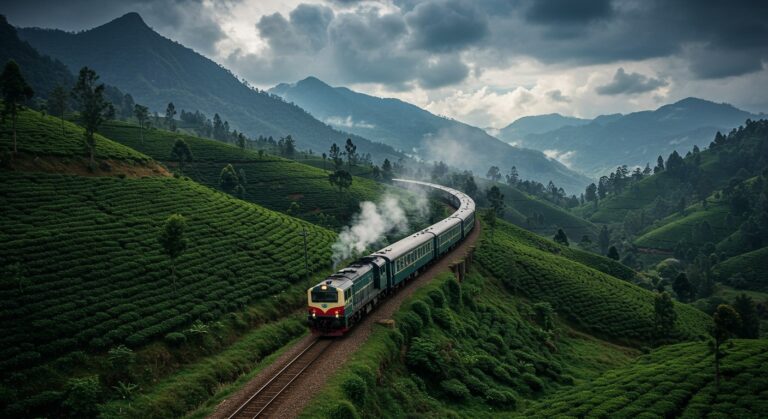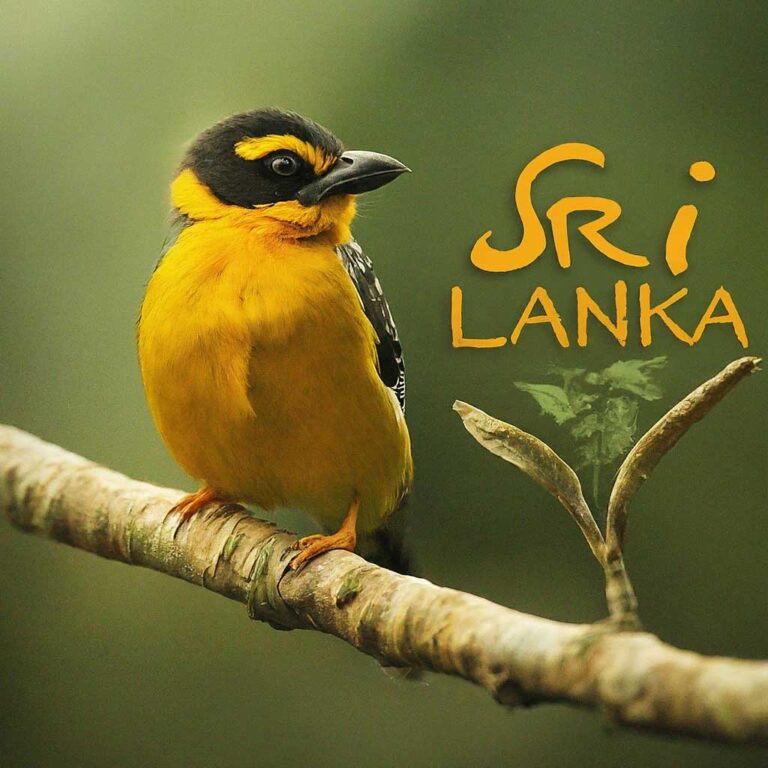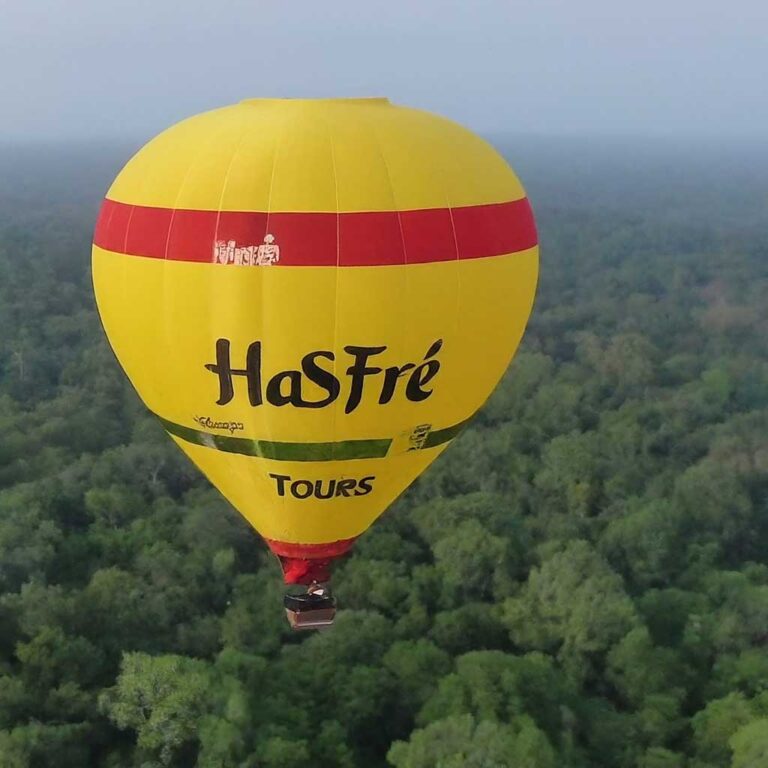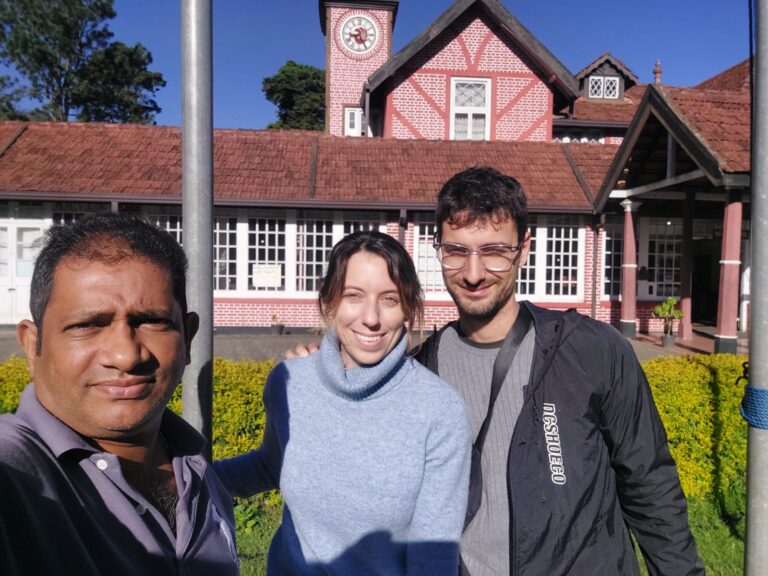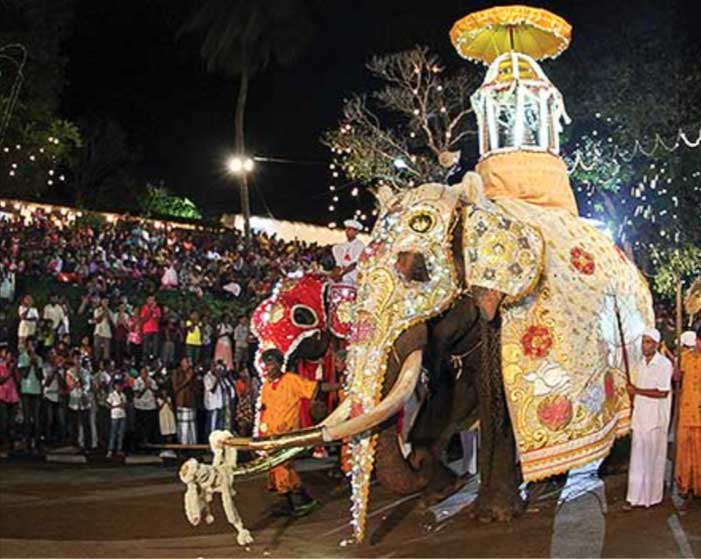Colombo Attractions
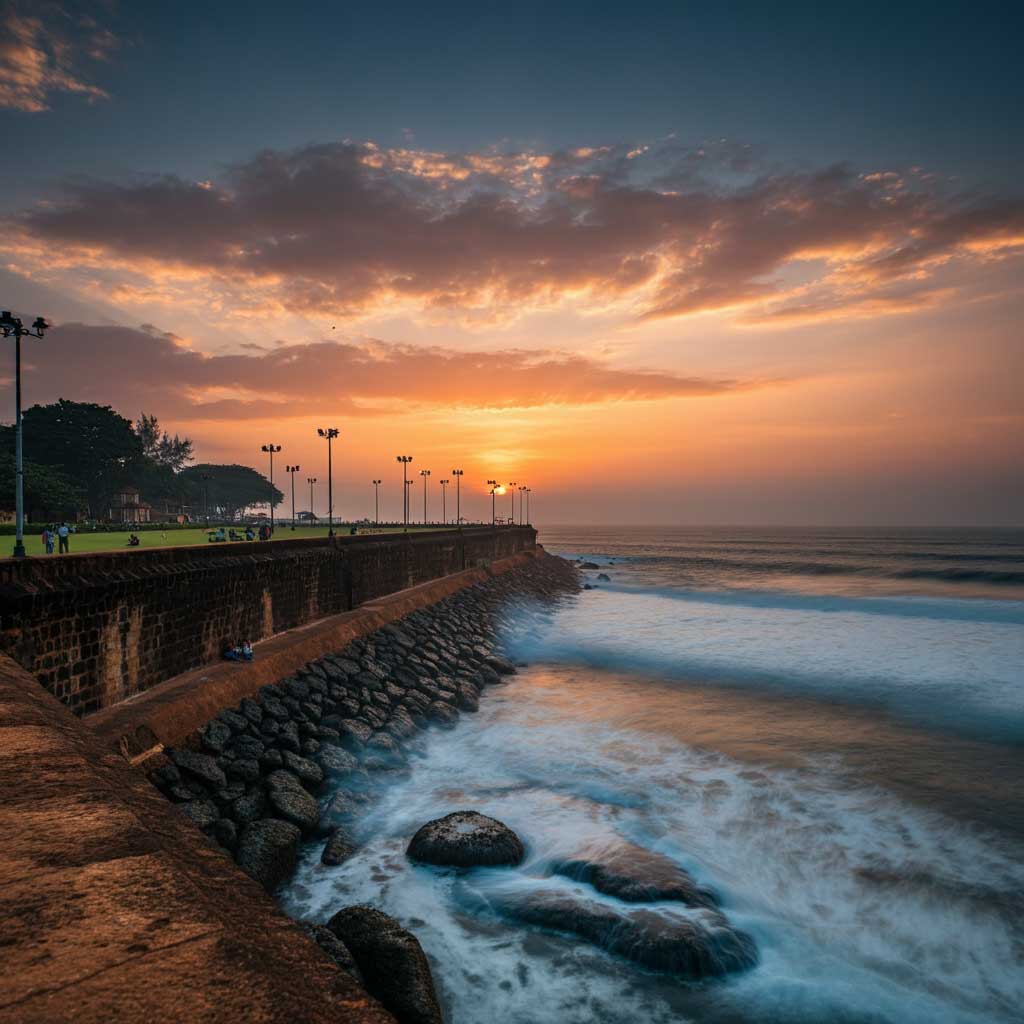
A Guide to Sri Lanka’s Vibrant Capital
Galle Face Green

Start your Colombo adventure at Galle Face Green, a sprawling urban park along the coastline. As the sun sets, join locals for an evening stroll, fly kites, or indulge in delicious street food. The promenade offers breathtaking views of the Indian Ocean and is perfect for people-watching.
Nestled along the shores of the Indian Ocean, Galle Face Green stands as one of Colombo’s most beloved landmarks. This sprawling urban park, with its half-kilometer stretch of grassy lawns, has been a gathering place for locals and tourists alike for over 150 years.
Historical Significance
Originally laid out in 1859 by the British Governor of Ceylon, Sir Henry George Ward, Galle Face Green was initially used for horse racing and as a golf course. Its name is believed to derive from the Dutch word for “rocky” (gala) and the Portuguese word for “fortress” (faca), referring to the rocky promontory where the Portuguese had their fortifications.
A Hub of Activity
Today, Galle Face Green serves as Colombo’s largest open space and a hub of outdoor activity. As the sun begins to set, the area comes alive with a vibrant atmosphere that encapsulates the spirit of Sri Lanka’s capital city.
Visitors can enjoy:
- Kite Flying: On breezy evenings, the sky above Galle Face Green is dotted with colorful kites, creating a mesmerizing spectacle.
- Street Food: The promenade is lined with vendors selling an array of local delicacies. Don’t miss trying isso wade (shrimp fritters) or kottu roti (chopped roti with vegetables and meat).
- Sunset Viewing: The unobstructed views of the Indian Ocean make it one of the best spots in Colombo to watch the sunset.
- Jogging and Walking: Early mornings and evenings see fitness enthusiasts making use of the long stretch for their daily exercise.
- Family Picnics: On weekends, the green space fills with families enjoying picnics and children playing games.
Recent Developments
In recent years, Galle Face Green has seen significant development along its borders. The Galle Face One project, including luxury hotels and shopping complexes, has added a modern touch to this historic area. However, efforts have been made to preserve the open space and public access to the seafront.
Cultural Importance
Galle Face Green isn’t just a recreational space; it’s also a site of cultural and national importance. It hosts numerous events throughout the year, including:
Environmental Concerns
While beloved by many, Galle Face Green faces environmental challenges. Coastal erosion and pollution are ongoing concerns. Local authorities and environmental groups are working on sustainable solutions to preserve this iconic space for future generations.
- Independence Day celebrations
- New Year’s Eve festivities
- Cultural performances and concerts
- Political rallies and public gatherings
Visitor Tips
- Best Time to Visit: Late afternoon to evening, when the weather is cooler and the atmosphere is livelier.
- What to Bring: A picnic mat, water, and some cash for street food.
- Dress Code: Casual and comfortable. Remember to bring a light jacket as it can get breezy in the evening.
Galle Face Green remains an enduring symbol of Colombo’s charm, where history, culture, and natural beauty converge. Whether you’re a first-time visitor or a long-time resident, this iconic seafront promenade offers a unique glimpse into the heart of Sri Lankan urban life. As you stroll along its paths, feeling the ocean breeze and taking in the lively atmosphere, you’ll understand why Galle Face Green has captured the hearts of generations of Sri Lankans and travelers alike.
Gangaramaya Temple
For a dose of spirituality and architectural wonder, visit the Gangaramaya Temple. This Buddhist temple showcases an eclectic mix of Sri Lankan, Thai, Indian, and Chinese architecture. Don’t miss the museum within the temple complex, housing a collection of artifacts and gifts from devotees.
Gangaramaya Temple is one of the most important Buddhist temples in Colombo, Sri Lanka. It’s known for its eclectic mix of architectural styles and its significance as both a place of worship and a center of Buddhist learning.
Key features and information:
- Location: Situated in the heart of Colombo, near Beira Lake.
- History: Founded in the late 19th century by Ven. Hikkaduwe Sri Sumangala Nayaka Thera.
- Architecture: The temple complex showcases a blend of Sri Lankan, Thai, Indian, and Chinese architecture.
- Main Attractions:
- Vihara (temple)
- Cetiya (Pagoda)
- Seema Malaka (assembly hall for monks) on Beira Lake
- Relic Chamber
- Museum
- Library
- Museum: Houses a vast collection of artifacts, including rare Buddha statues, ancient manuscripts, and other historical items.
- Cultural Significance: Plays a vital role in Sri Lankan Buddhism, involved in both religious and cultural activities.
- Festivals: Hosts the annual Navam Perahera, a grand procession held in February.
- Educational Role: Operates as a center for Buddhist education and welfare work.
- Unique Features:
- Bodhi Tree
- Collection of vintage cars
- Large Buddha statue
- Colorful frescoes and wall paintings
- Visitor Experience:
- Open to visitors of all faiths
- Offers a glimpse into Sri Lankan Buddhist practices
- Provides a serene environment in the midst of bustling Colombo
- Best Time to Visit: Early morning or evening to avoid the heat and crowds.
- Dress Code: Modest dress is required; shoulders and knees should be covered.
Gangaramaya Temple is not just a religious site but also a cultural landmark that showcases the rich heritage of Sri Lankan Buddhism. Its unique blend of traditional and modern elements makes it a must-visit destination for anyone exploring Colombo.
National Museum
History buffs should head to the National Museum. Housed in a stunning colonial-era building, it displays a vast collection of ancient Sri Lankan regalia, art, and artifacts. It’s an excellent place to dive into the island’s rich cultural heritage.
Pettah Market
Experience the vibrant chaos of Colombo at Pettah Market. This bustling bazaar is a sensory overload with its colorful stalls, aromatic spices, and lively atmosphere. It’s the perfect place to practice your bargaining skills and pick up some souvenirs.
Independence Memorial Hall
Pay homage to Sri Lanka’s independence at this iconic monument. The impressive structure, inspired by the traditional architecture of the Kandyan Kingdom, is surrounded by beautiful gardens. It’s a popular spot for both tourists and locals.
Beira Lake
In the heart of the city lies the serene Beira Lake. Take a boat ride or simply enjoy a peaceful walk around its shores. Don’t miss the Seema Malaka Temple, a stunning structure designed by the famous architect Geoffrey Bawa, sitting on an island in the lake.
Dutch Hospital Shopping Precinct
For a taste of Colombo’s colonial past blended with modern luxury, visit the Dutch Hospital Shopping Precinct. This beautifully restored colonial-era building now houses high-end restaurants, bars, and shops. It’s the perfect place to unwind after a day of sightseeing.
Mount Lavinia Beach
While technically just outside Colombo proper, Mount Lavinia Beach is worth the short trip. Golden sands, swaying palm trees, and a range of seafood restaurants make it a favorite spot for both locals and tourists to relax and enjoy the coastal vibes.
Viharamahadevi Park
Escape the urban hustle at Viharamahadevi Park, the city’s largest green space. With its well-manicured gardens, jogging tracks, and a golden Buddha statue, it’s a pleasant spot for a picnic or a leisurely afternoon.
Jami Ul-Alfar Mosque (Red Mosque)
Marvel at the stunning architecture of the Jami Ul-Alfar Mosque, popularly known as the Red Mosque. Its striking red and white striped pattern makes it one of the most unique buildings in Colombo.
Colombo is a city of contrasts, where ancient temples stand alongside modern skyscrapers, and quiet parks offer respite from bustling markets. As you explore these attractions, you’ll discover the many layers that make up Sri Lanka’s vibrant capital.
Remember to stay hydrated, wear comfortable shoes, and be respectful when visiting religious sites. Colombo’s charm lies not just in its sights but in the warmth of its people, so don’t hesitate to engage with locals and immerse yourself in the city’s rich culture.
Whether you’re starting or ending your Sri Lankan journey in Colombo, take the time to explore this dynamic city. You might just find yourself falling in love with its unique charm and energy!
